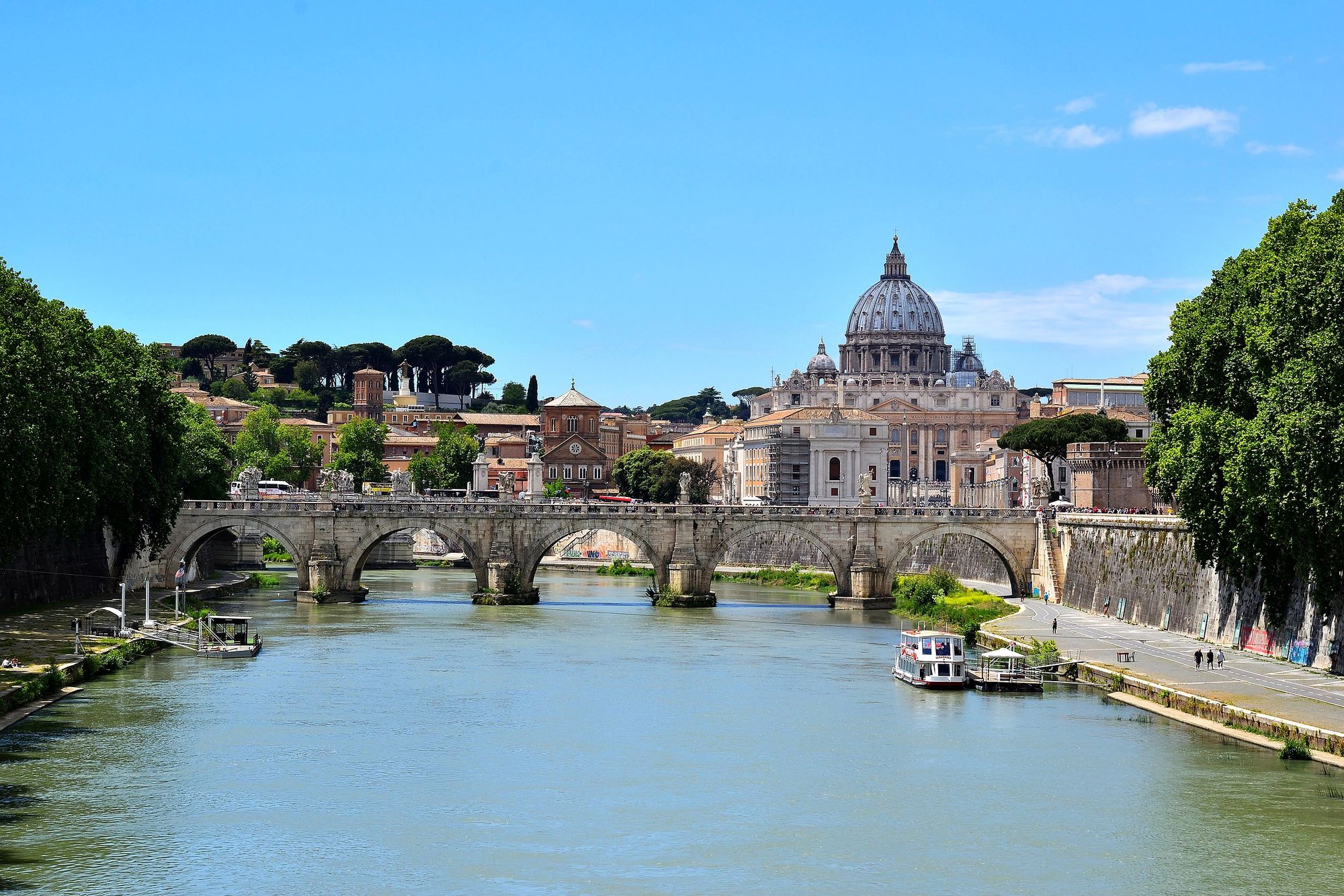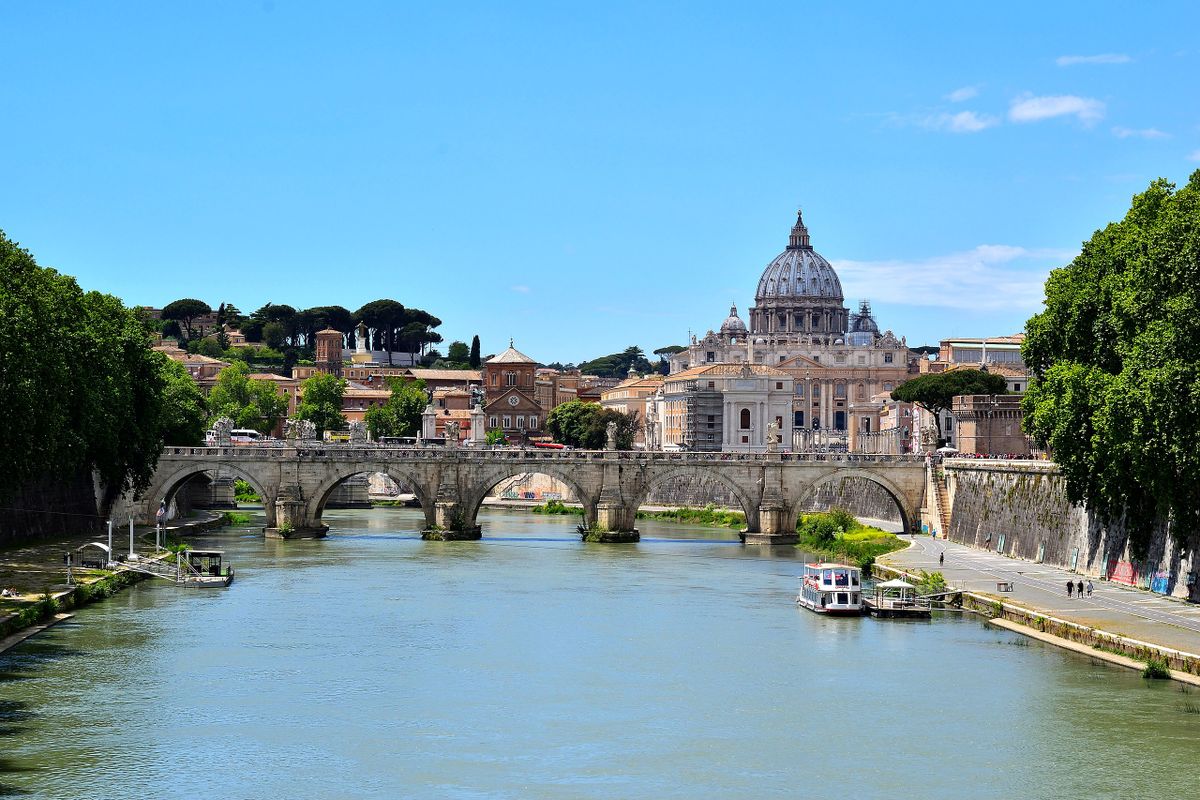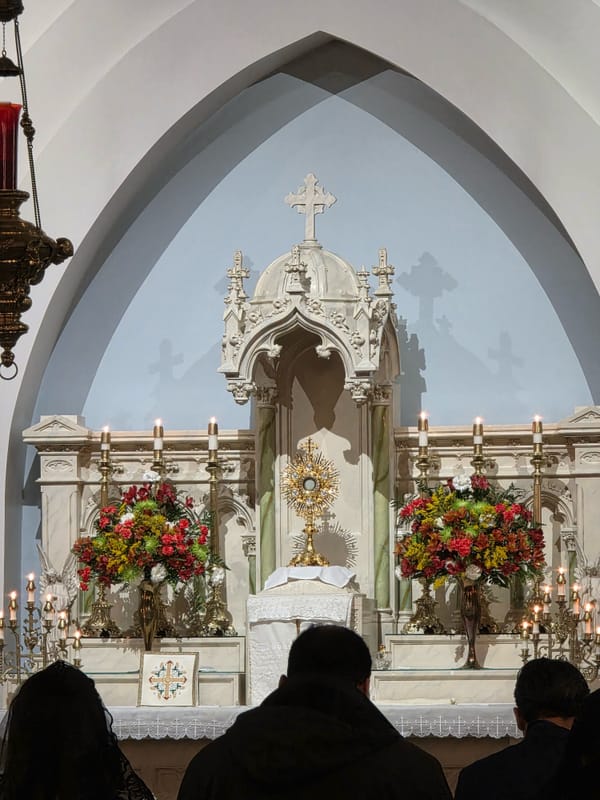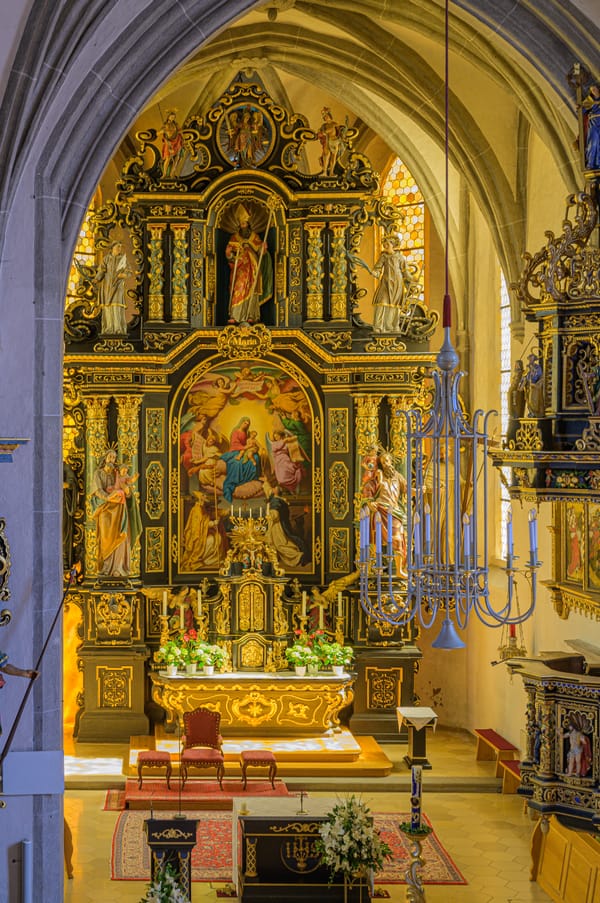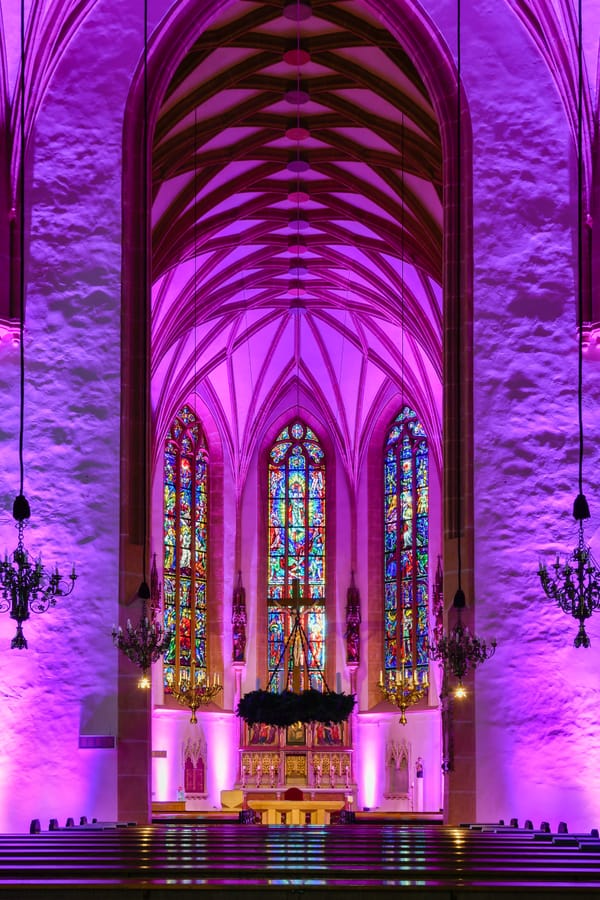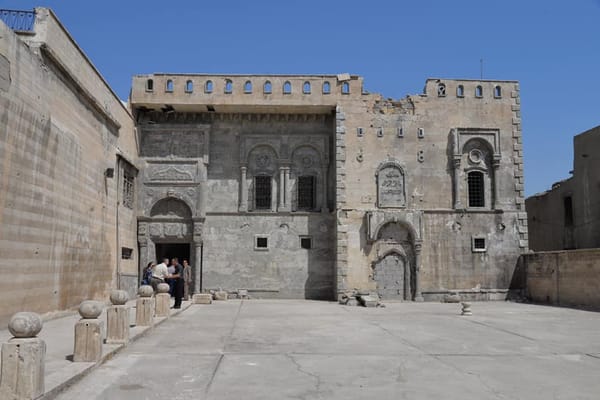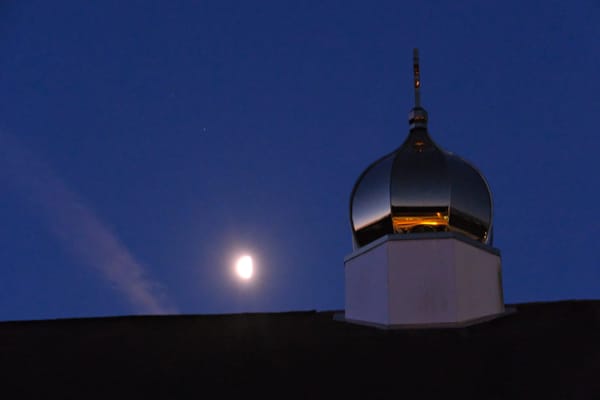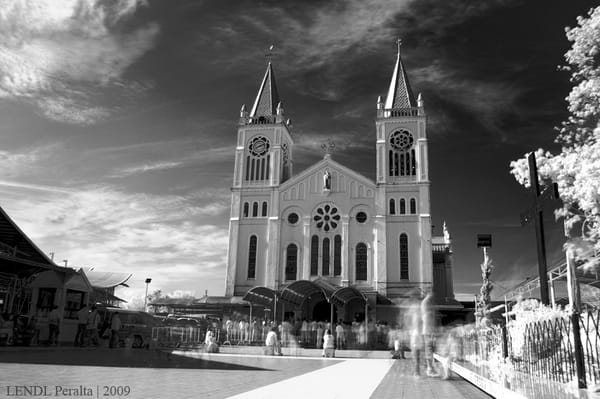Details
Ponte Sant'Angelo, originally the Aelian Bridge or Pons Aelius, is a Roman bridge in Rome, Italy, completed in 134 AD by Roman Emperor Hadrian (Publius Aelius Hadrianus), to span the Tiber from the city centre to his newly constructed mausoleum, now the towering Castel Sant'Angelo. The bridge is faced with travertine marble and spans the Tiber with five arches, three of which are Roman; it was approached by means of a ramp from the river. The bridge is now solely pedestrian and provides a scenic view of Castel Sant'Angelo. It links the rioni of Ponte (which was named after the bridge itself), and Borgo, to whom the bridge administratively belongs.
Starting with the early Middle Ages, the original name was forgotten: after the ruin of Nero's Bridge, pilgrims were forced to use this bridge to reach St Peter's Basilica, hence it was known also with the name of "bridge of Saint Peter" (pons Sancti Petri). In the sixth century, under Pope Gregory I, both the castle and the bridge took on the name Sant'Angelo, explained by a legend that an angel appeared on the roof of the castle to announce the end of the plague. Dante writes in his Divine Comedy that during the jubilee of 1300, due to the large number of pilgrims going and coming from Saint Peter, two separate lanes were arranged on the bridge. During the 1450 jubilee, balustrades of the bridge collapsed, due to the great crowds of the pilgrims, and many drowned in the river. In response, some houses at the head of the bridge as well as a Roman triumphal arch were pulled down in order to widen the route for pilgrims.
In 1535, Pope Clement VII allocated the toll income of the bridge to erecting the statues of the apostles Saint Peter (holding a book, with the pedestal inscription Rione XIV) by Lorenzetto, and Saint Paul (holding a broken sword and a book, with the pedestal inscription Borgo) by Paolo Romano to which subsequently the four evangelists and the patriarchs were added to other statues representing Adam, Noah, Abraham, and Moses. For centuries after the 16th century, the bridge was used to expose the bodies of those executed in the nearby Piazza di Ponte, at the left bridge head. In 1669 Pope Clement IX commissioned replacements for the aging stucco angels by Raffaello da Montelupo, commissioned by Paul III. Bernini's program, one of his last large projects, called for ten angels holding instruments of the Passion: he personally only finished the two originals of the Angel with the Superscription "I.N.R.I." and the Angel with the Crown of Thorns, but these were kept by Clement IX for his own pleasure. They are now in the church of Sant'Andrea delle Fratte, also in Rome.
At the end of the 19th century, due to the works for the construction of the Lungotevere, the two Roman ramps which linked the bridge with the two banks were destroyed, and in their place two arches similar to the Roman ones were built.
